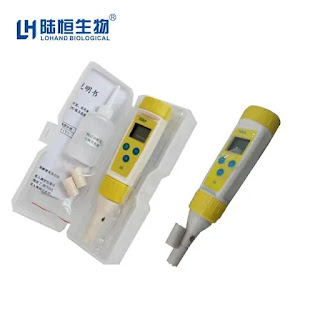
Carbon Steel U Type Bolts Carbon Steel U Type Bolts: Features, Applications, and Benefits What Are Carbon Steel U Type Bolts? Carbon steel U-type bolts, commonly known as U-bolts, are fasteners shaped like the letter "U" with threads on both ends. They are primarily used to secure pipes, rods, cables, and other cylindrical objects to surfaces or frameworks. These bolts are manufactured from carbon steel, which provides strength, durability, and resistance to mechanical stress. Key Features of Carbon Steel U Type Bolts Material Composition : Made from carbon steel, which offers high tensile strength and toughness. The carbon content can vary, influencing hardness and corrosion resistance. Threading : Available with standard or custom threading to suit different fastening applications. Coating & Finishes : Often coated with zinc plating, galvanization, or black oxide to enhance corrosion resistance. Sizes & Specifications : Available in various diameters, leng...








